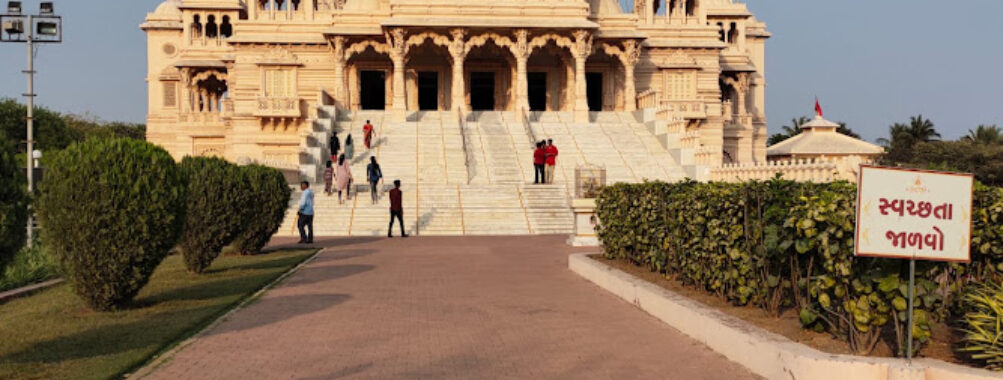
Porbandar
Table of Contents
Porbandar, a coastal city in the Indian state of Gujarat, is best known worldwide as the birthplace of Mahatma Gandhi, the Father of the Nation, and Sudama, the childhood companion of Lord Krishna. With a history that stretches back centuries, this port city has worn many hats – from being the capital of a princely state to serving as a hub of maritime trade along the Arabian Sea. The present-day city blends historical landmarks, cultural depth, and natural coastline beauty, drawing both pilgrims and curious travelers alike.
What’s interesting here is how Porbandar feels like a living storybook of India’s past and present. Walking through its old neighborhoods, one notices colonial-era buildings standing alongside traditional haveli-style homes, each crack in the wall carrying tales of trading families and rulers. At the same time, it’s a thriving modern center where people go about their daily lives just as energetically as they’ve always done along these shores.
Of course, the highlight for most visitors is Kirti Mandir, the memorial dedicated to Mahatma Gandhi. Standing at the spot where Gandhi was born, the monument offers more than just an architectural curiosity – it evokes a deep emotional connection for those who come seeking a glimpse into the roots of a leader who shaped an entire nation’s destiny. Equally intriguing is Sudama Mandir, said to mark the birthplace of Sudama. Pilgrims often arrive here with stories of Krishna and Sudama’s eternal friendship, making it a sacred point of reflection.
But Porbandar isn’t only about history and religion. The city opens out to the Arabian Sea, with long stretches of beaches that provide a surprisingly quiet escape when compared with the busier coastlines of Gujarat. Porbandar Beach, also called Chowpatty, is the type of place where evenings turn into small festivals of their own – locals chatting, children playing, and food vendors serving fried snacks that are hard to resist. The sea brings with it more than just cooling breezes; it has shaped the identity of Porbandar as a port city that’s been trading with distant lands for centuries.
Its charm lies not in being polished to perfection but in offering a raw glimpse of Gujarat’s coastal heritage. One moment you’ll be exploring ancient temples and cenotaphs, and the next you might be watching migratory flamingos at the Barda Wildlife Sanctuary nearby. Yes, nature too weaves a strong presence here – many travelers are surprised by the rich birdlife and coastal sanctuaries that make Porbandar a lesser-known gem for wildlife enthusiasts.
Now, full honesty – Porbandar is not a flashy, extravagantly developed tourist destination. Some streets may feel dusty, infrastructure may not always match the bigger cities of Gujarat, and you’ll occasionally need to make peace with the slower pace of local transport. But that, in part, adds to the authenticity. For those looking for a deeply Indian, culturally layered, and historically significant experience, Porbandar delivers exactly that. It’s a city where time seems to have slowed, allowing one to pause, reflect, and feel connected not just to India’s freedom struggle but also to its mythological stories and maritime heritage.
And here’s the thing – it’s the kind of place that stays with you. People often remember the warmth of the local residents, the devotion echoing from temple bells, and the salty breeze coming off the Arabian Sea more than any postcard photo. You leave Porbandar with the feeling that you’ve not just visited a city but touched a part of India’s soul, and that’s probably its greatest charm.
Description
Location
Places to Stay Near Porbandar
Find and Book a Tour
Explore More Travel Guides
No reviews found! Be the first to review!